Whisky is one of the most complex spirits with extensive classifications and regulations. What defines a whisky in one country or state may not be the same as another, and no two distilleries produce the same characteristics of whisky. While all these rules and jargon may seem confusing—not to mention daunting—for those who aren’t well-acquainted with the spirit, they also make the world of whisky so fascinating to explore.
In this edition of the BURO Bar Lingo series, we will be breaking down the different types of whiskies (and whiskeys) as well as basic whisky terminologies you should know. For starters, “whiskey” (plural: whiskeys) is the spelling used for American and Irish spirits, whereas “whisky” (plural: whiskies) is used by the rest of the world, including Europe, Australia, Japan and, Scotland. So the next time you’re wondering which spelling to use, look for the country of origin.
Read on for our complete beginner’s guide to whisky terminology.
Whisky-making process
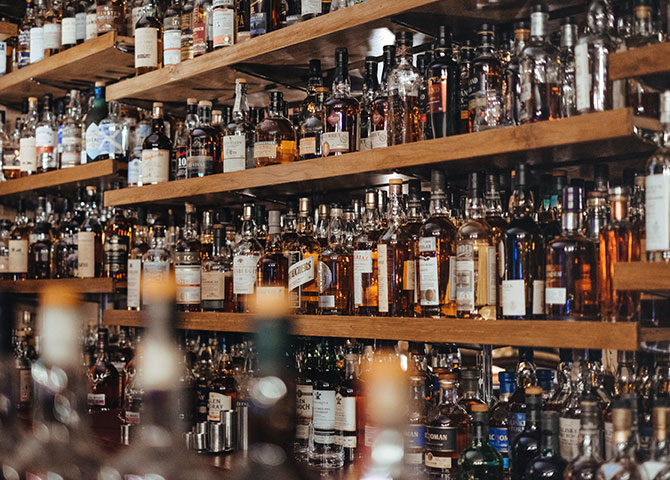
Angel’s share
This refers to the alcohol that evaporates from a cask as the whisky is maturing in a warehouse. In Scotland and Ireland, the angel’s share is approximately 2 per cent of the contents of each cask each year, although this amount may be higher in countries with warmer climates.
Beer
Fun fact: Whisky is essentially made from the distillation of beer. The first three steps in making whisky—namely malting, drying, and fermentation—creates beer, which is then distilled and matured to make whisky.
Cask
The barrels which are used to store and mature the whisky to give it its unique characteristics.
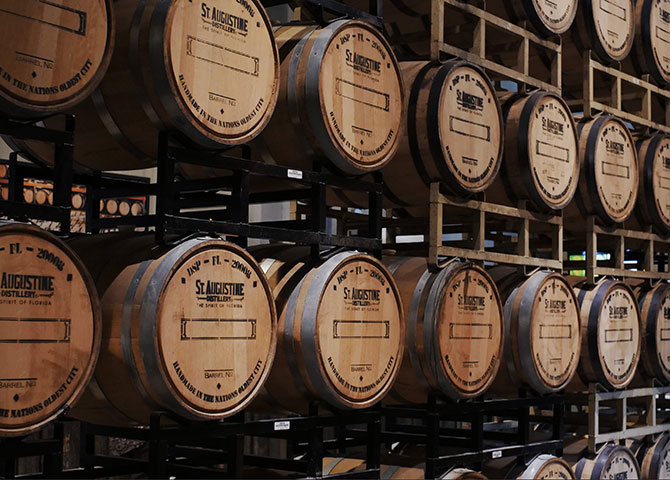
Cask strength
The strength (read: alcoholic content) of whisky as it comes from the cask. A whisky that is bottled at cask strength means that it has not been diluted with water before bottling. This can be anything between 40 to 65 percent alcohol by volume (ABV). Generally, the younger a whisky is, the higher its ABV at cask strength.
Cooper
A craftsman who makes wooden barrels, casks, and vats. Cooperage refers to the art of making these products.
Dram
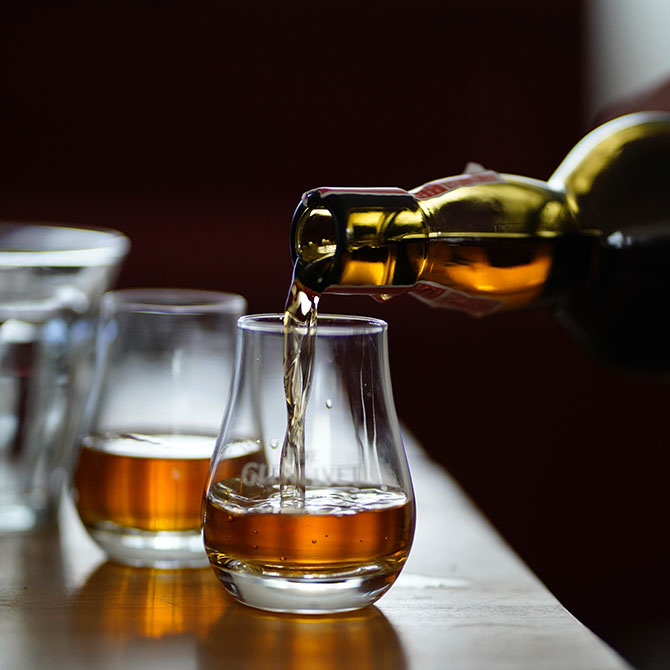
The traditional Scottish name for a measure or glass of whisky. Technically, it refers to one-eight of a fluid ounce, but is often used to describe a small drink of whisky or other distilled spirits.
Distillery
The place where the distillation of spirits takes place, including whisky.
Peat
Peat is partially decayed organic matter formed in the wetlands that is used to fuel the kiln in the malting process, thus imparting a smoky flavour to the whisky.
Pot still
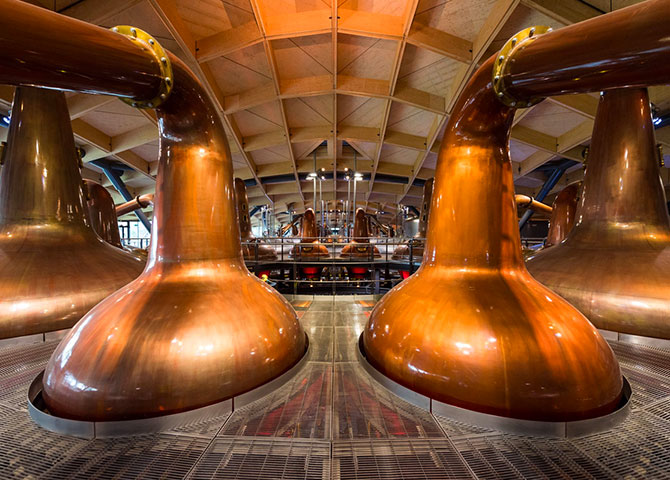
A type of distillation apparatus that is heated from the bottom, boiling off the alcohol and allowing the vapour to be sent to a condenser and separated. It looks like a large kettle that’s made of copper and is most commonly used in the production of single malt whisky.
Malt & malting
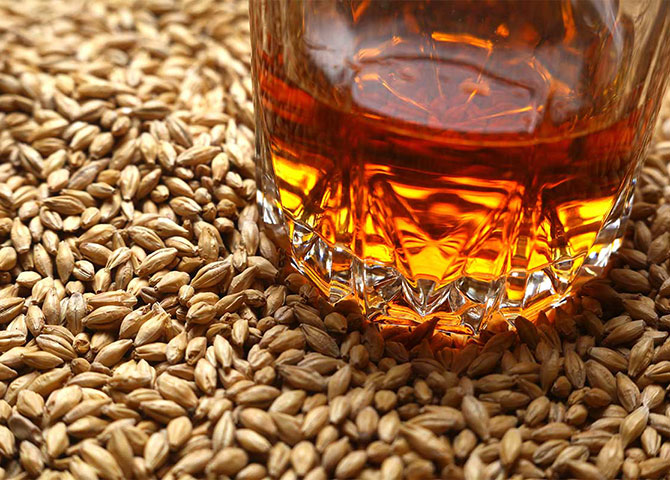
One of the three key ingredients in whisky making, malt is defined as barley or other grains which have been allowed to partially germinate by being soaked in water, which causes the starch to convert into natural sugars This process is known as malting.
Kiln
A type of furnace or oven used to dry malt and other cereals, which halts germination after malting. The malt is then ground into a mill and mixed with hot water to draw out essential sugars, forming a mash.
Fermentation
Fermentation occurs when yeast is added to the cereal mash, eating the sugars in the liquid and converting them into alcohol. This creates a kind of beer.
Distillation
Distillation occurs when base beer is boiled in a large copper container (see: pot still) to increase the level of alcohol and create more intense flavours.
Maturation
The final step in whisky-making, where the distilled spirit is transferred into oak casks to mature. This step is one of the most important factors affecting the flavours and colour of the finished whisky.
Finishing
Some distillers go one step further after maturation by transferring the whisky into a different cask—usually one that previously held other wines or spirits. This process is called finishing, also known as second maturation, which adds additional flavour to the whisky.
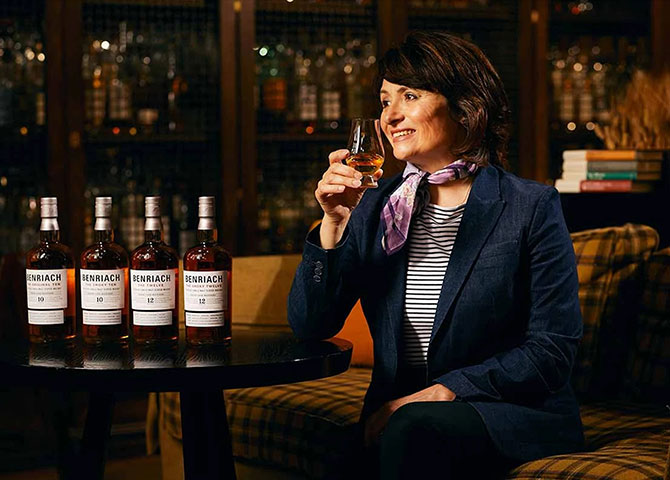
Master blender
An individual who develops specific blended spirits using a combination of spirits with different characteristics.
Types of whisky/whiskey
Blended malt
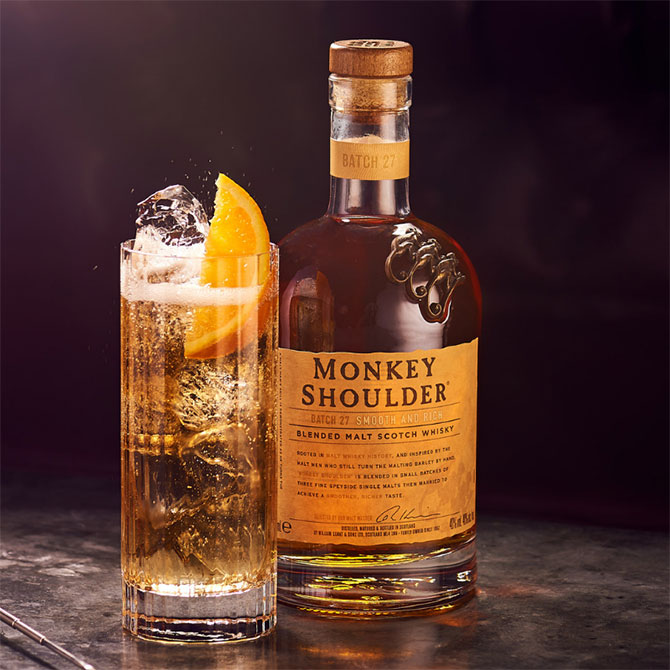
A whisky made by blending together two or more single malt whiskies from different distilleries, which can be of different ages.
Blended grain
A whisky made by blending of two or more single grain whiskies from different distilleries, which can be of different ages.
Blended scotch
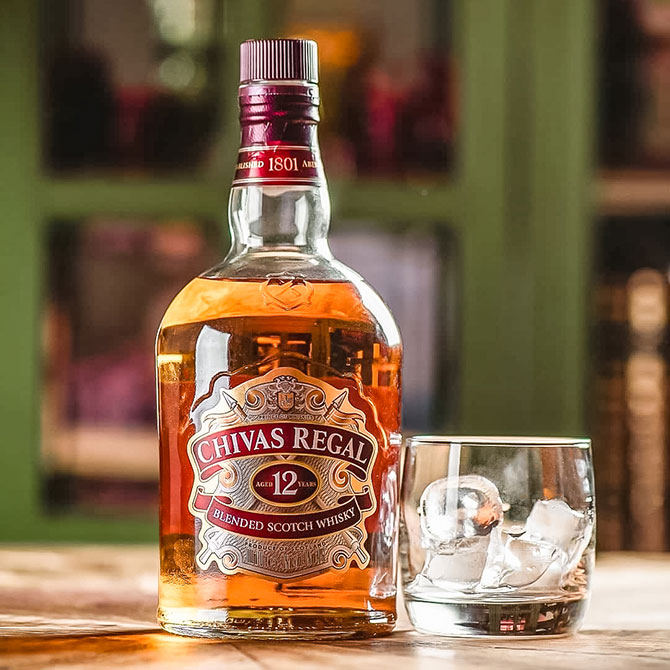
A whisky made by blending one or more single malt scotch whiskies with one or more single grain scotch whiskies from different distilleries.
Bourbon whiskey
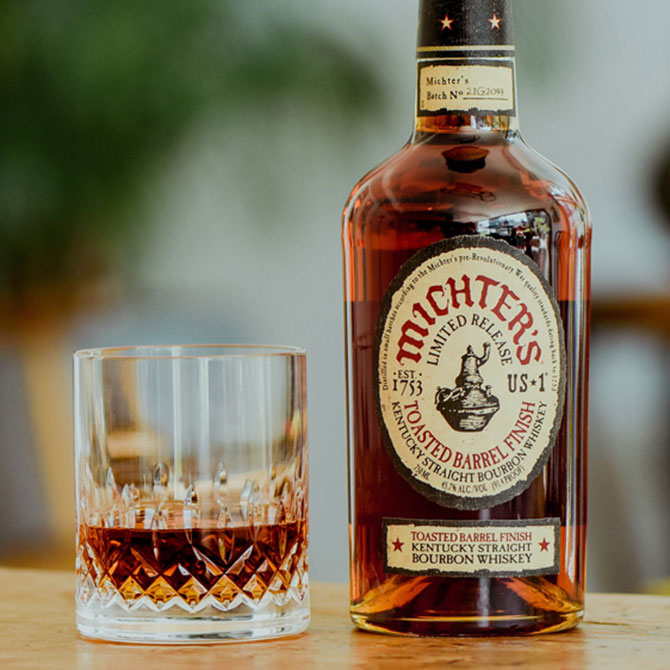
An American whiskey that is distilled from a mixture of grains or mash that’s at least 51 per cent corn. Bourbon is largely made in Kentucky, although it can legally be made anywhere in the United States. It must be aged in new white oak barrels. There’s no aging requirement for a typical bourbon, but a straight bourbon must be aged for at least two years.
Japanese whisky
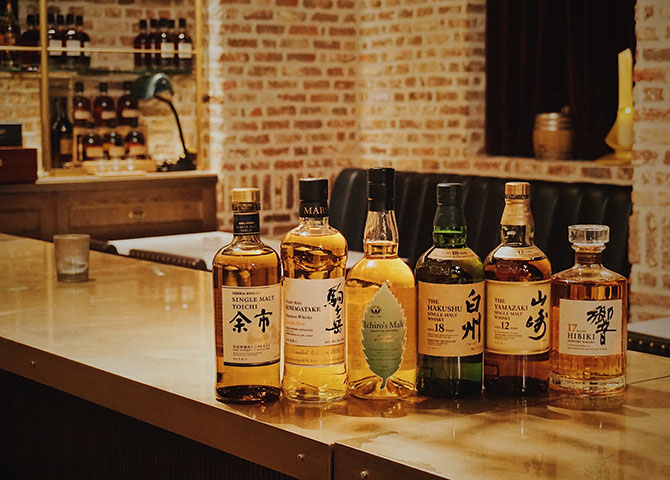
As its name suggests, Japanese whisky must be fermented, distilled and aged at a distillery in Japan. Based on the latest Japanese whisky regulations introduced in 2021, it must contain malted grain, but may also include other non-malted cereal grains. Water used to make the spirit must be extracted in Japan. Additionally, the spirit must be aged in wooden casks stored in Japan for at least three years. Lastly, it must be bottled in Japan with a minimum of 40 per cent ABV.
Rye whiskey
A whisky that is made of at least 51 per cent rye. It is typically, but not exclusively, made in the USA and must be aged for at least two years in new charred oak barrels.
Scotch whisky
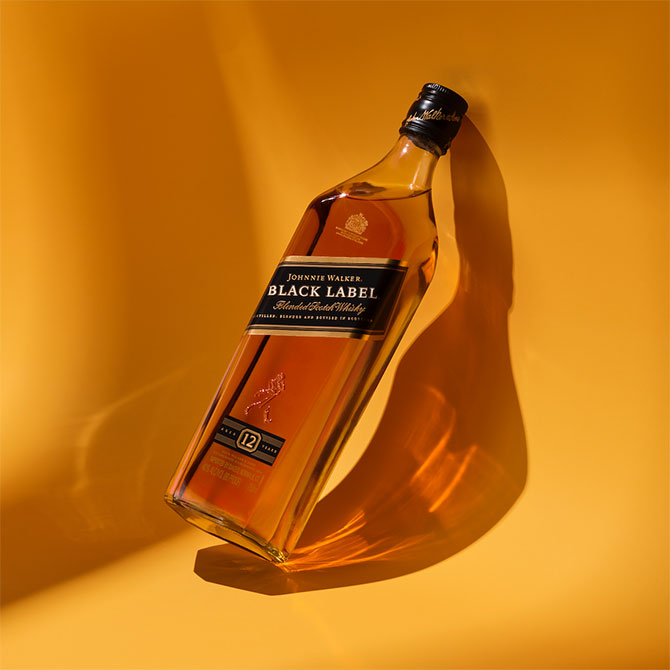
Scotch whisky is malt whisky or grain whisky that’s distilled and matured in Scotland. It must be aged for at least three years in oak casks. It must be distilled at no more than 94.8 per cent ABV and bottled at a minimum of 40 per cent ABV.
Single cask whisky
Single cask whisky (also known as single barrel or single batch whisky) is produced from one individual cask without blending. As no two casks are the same, single cask whiskies are usually highly coveted among collectors due to the limited number of bottles available from each cask.
Single malt whisky
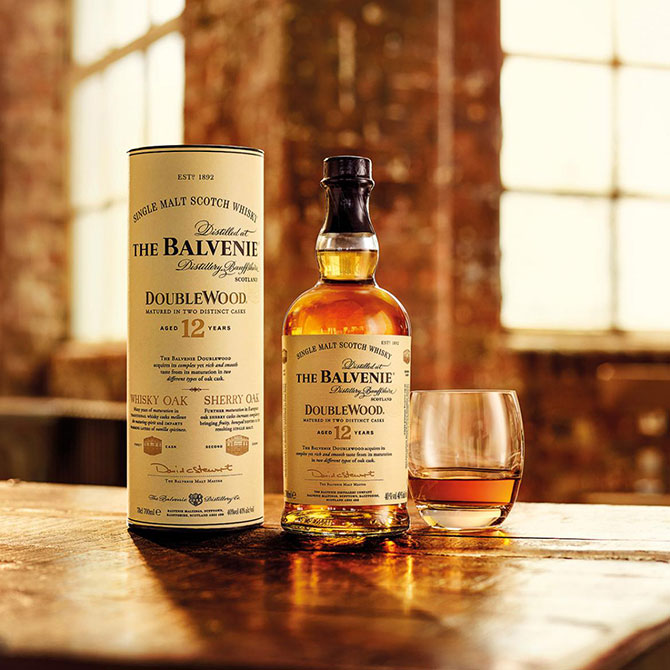
Single malt whisky is made of 100 per cent malted barley and is produced at one single distillery. It may contain whisky from many different casks and of varying ages, but the age stated on the bottle must be the youngest age of any whisky included. These are blended together in a larger container to establish a consistent flavour profile.
Single grain whisky
Similar to single malt, the “single” in single grain whisky means that it is produced at one single distillery. While the name may be misinterpreted as whisky that is made from a single grain, it can be made from more than one cereal grain, such as wheat, corn or rye. The main difference is that single grain whiskies do not have to be produced exclusively from malted barley.
Tennessee whiskey
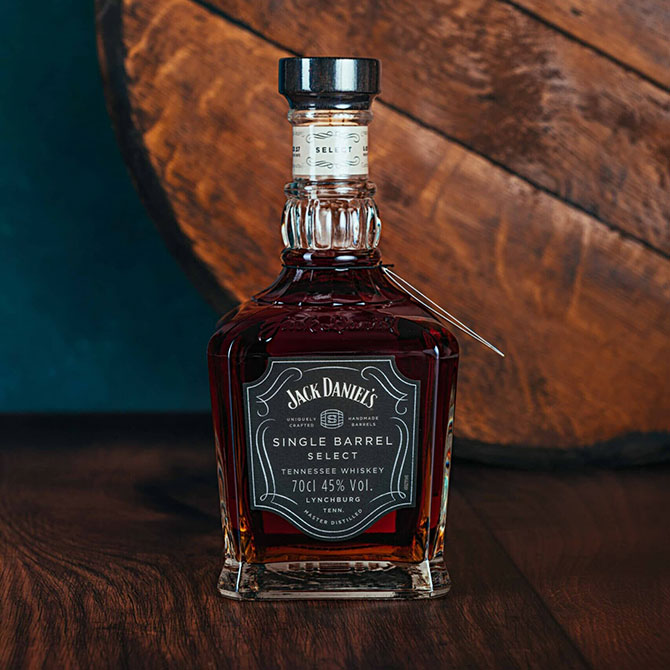
Tennessee whiskey is a type of American whiskey that must be produced in the state of Tennessee. Like bourbon, it contains 51 per cent corn, except that it must undergo an additional process called “Lincoln County Process Filtering” (also known as charcoal filtering). The process involves filtering the mash through charred maple wood chips before aging, resulting in more mellow flavours. It must also be aged for at least two years in new charred oak barrels.
We hope this crash course has given you a better understanding of the different varieties of whisky available in the market. Now it’s time for a taste test to find out your whisky preferences. Will it be bourbon or scotch first?
For more stores like this, click here.
| SHARE THE STORY | |
| Explore More |



